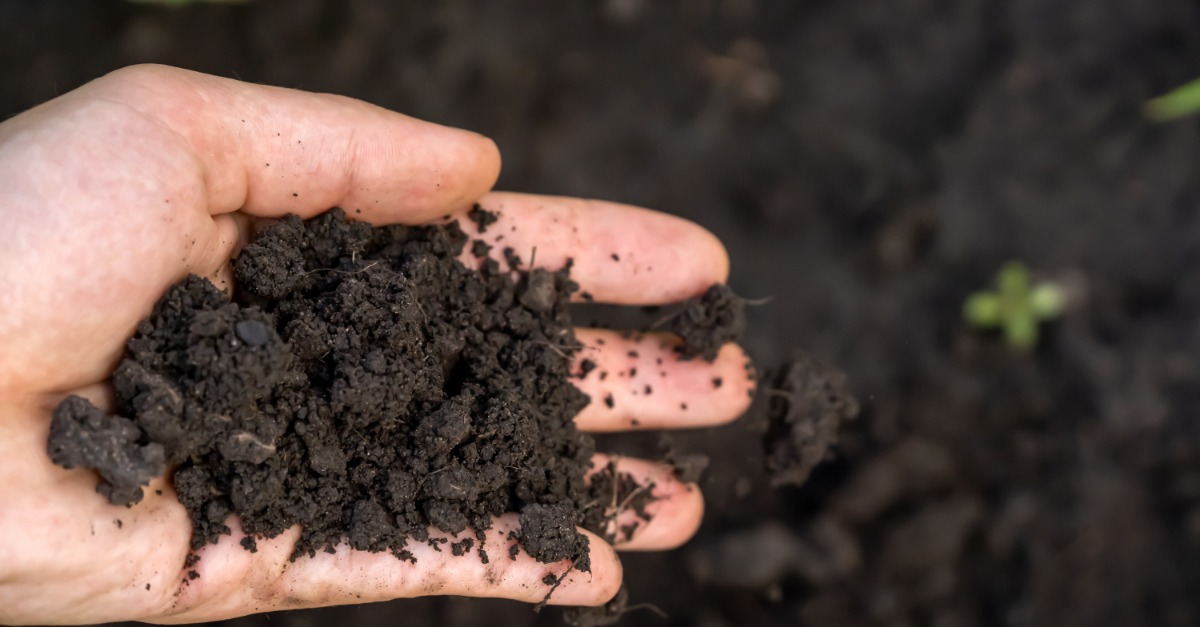Why Are My Soils So Negative?

Soils are complicated. I know it sounds silly, but underneath your feet are an ongoing complex set of biological, physical, and chemical processes. Many people spend an entire lifetime studying one particular aspect of soil properties (as a soil nerd myself that sounds like an absolute dream life), but alas we don’t have time to cover everything in a couple hundred words. So today we take a semi-deep dive into cation exchange capacity and why some of your soils may be acting so negatively.
Apologies for the quip, but conceivably you will now remember that your physical soil is literally negatively charged. There are a few exceptions to this rule, but for our region of the world, you can safely make this assumption about your soil particles. Simplistically put, there are two main sources for the negative charge of soil colloids (essentially tiny particles in the ground that can be organic or inorganic). First, we look at individual clay particles which are composed of microscopic sheets. In the crystalline structures of these sheets, ions of similar size, but differing in charge, can replace one another in a process called isomorphous substitution that leads to a charge imbalance. Secondly, the presence of organic matter leads to a dissociation of organic acids that leaves the surfaces of the colloidal particles negatively charged.
Now let’s jump to defining the term cation exchange capacity before we pull everything back together in some practical tips for managing your garden. Cation exchange capacity (CEC) is a quantifiable measurement of how many cations (positively charged ions) can be held by the negatively charged sites on the soil particle surfaces. This is expressed in units of centimoles of charge per kilogram of soil. So, a CEC of 15 means that 1kg of soil can hold 15cmol of H+ ions or 15cmol of positive charge. We use CEC to help classify our soils and assess fertility and environmental behavior. The CEC for soil is determined by the relative quantities of colloids, like clay particles and organic matter, and how strong their negative charge is. Cations within the soil solution are held by the negatively charged clay and organic matter particles through electrostatic forces and can be easily exchanged with other cations. The particular ions being held at each of the soil particle sites are constantly changing. And actually, there are some positively charged sites on the soil that can hold anions, but the sum of these locations is significantly less than the negative sites. Feel free to ask Aggie if you have more questions about this process, but for now let’s ask the question: how does this impact our understanding of farming?
Adsorption of ions by soil colloids affects their biological availability and mobility, having a significant influence on both soil fertility and environmental quality. We saw how clay and organic matter determine negative charge which means that higher clay and OM soils have a higher overall CEC. With a high CEC, the soil can hold more nutrients and make them available for plants. Low CEC soils such as sands that have low quantities of clay and organic matter are more likely to develop deficiencies. This helps to explain why silt loams and clay loams are the most desired soil textures for crop production. A lower CEC also means that there are less sites for cations to be held and so the ability for a soil to maintain its pH over time is decreased. This ability is often referred to as a buffer capacity and soils with a low CEC will have a faster pH decrease over time than those with a high CEC. This association with buffer capacity helps explain why soils with a high CEC require more lime to increase the soil pH since there are more soil particle sites that must be displaced and neutralized.
I will be the one to say that although this is a very niche topic about soils, the complexity is huge. I sometimes even get confused trying to figure out the assorted mechanisms and processes taking place. Despite the confusion, knowing the CEC of your soil is very important for understanding best fertilization practices and which nutrients are likely to be held within the soil and which are most likely to be leached away. So, stick with Aggie as we dive deeper into how to calculate your soil CEC and what the nutrients within your soil and plants are doing as you watch your plants grow big and green and beautiful and bountiful.
Written by Nikira Lane, agAlaska Ag Tech Specialist


Comments are closed